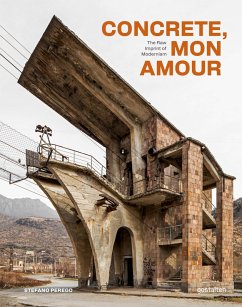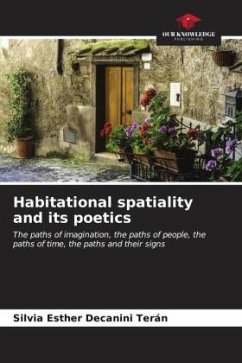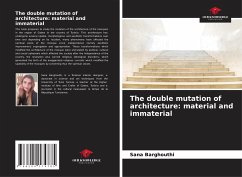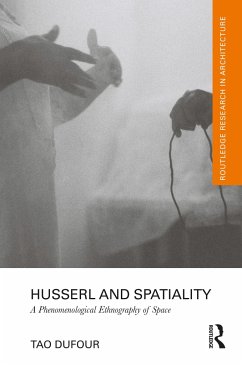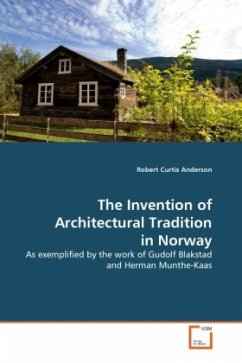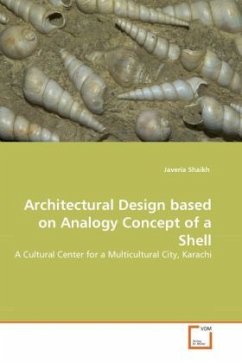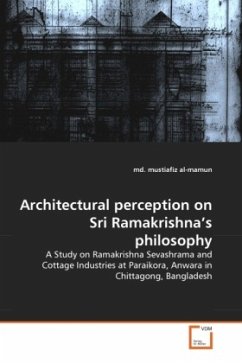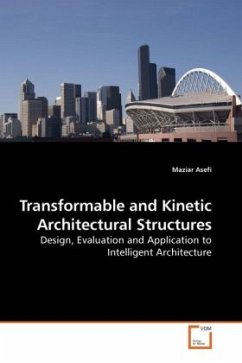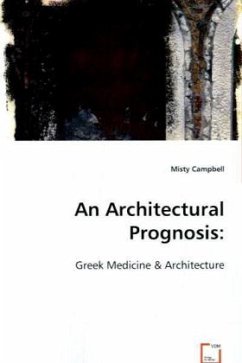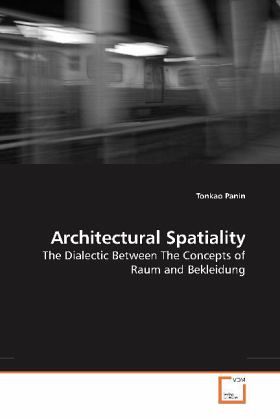
Architectural Spatiality
The Dialectic Between The Concepts of Raum and Bekleidung
Versandkostenfrei!
Versandfertig in 6-10 Tagen
45,99 €
inkl. MwSt.

PAYBACK Punkte
23 °P sammeln!
The subject of this book is twofold a concept and its meaning, an architectural culture and its preoccupation. The architectural culture is that of Vienna during the last twenty-five years of the Austro-Hungarian Empire, where the themes discussed represented the paradoxical nature of architecture and cities in response to modern industrial society. The concept in question is, or appears at first sight to be, our own Twenty-First century concept in its infancy: the concept of space (Raum), which was first explicitly formulated as an architectural term during the 1890s. This book examines the m...
The subject of this book is twofold a concept and its meaning, an architectural culture and its preoccupation. The architectural culture is that of Vienna during the last twenty-five years of the Austro-Hungarian Empire, where the themes discussed represented the paradoxical nature of architecture and cities in response to modern industrial society. The concept in question is, or appears at first sight to be, our own Twenty-First century concept in its infancy: the concept of space (Raum), which was first explicitly formulated as an architectural term during the 1890s. This book examines the meanings of space in relation to the notion of enclosure and cladding (Bekleidung), particularly in the related work of five theorists and architects: August Schmarsow, Gottfried Semper, Camillo Sitte, Otto Wagner and Adolf Loos.



